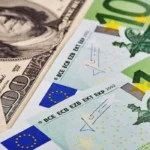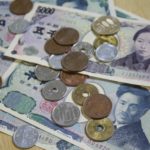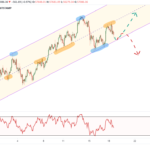 Gold extended Wednesdays losses after a Senate vote authorized a limited U.S. attack against Syria, which eased concern over all-out military action that could spill the conflict over to the entire region. Speculation that the Federal Reserve will scale back its bond purchases in September continued to weigh on the market.
Gold extended Wednesdays losses after a Senate vote authorized a limited U.S. attack against Syria, which eased concern over all-out military action that could spill the conflict over to the entire region. Speculation that the Federal Reserve will scale back its bond purchases in September continued to weigh on the market.
On the Comex division of the New York Mercantile Exchange, gold futures for December delivery fell by 0.26% to $1 386.40 per ounce by 7:39 GMT. Prices held in a days range between $1 394.90 and $1 381.30 per troy ounce. The metal fell for a second day after slipping 1.2% on Wednesday and extended its weekly decline to over 0.6%.
The gold market remained pressured as recent upbeat U.S. data reinforced many market players speculations that the Fed might begin tapering its $85 billion per month bond purchasing program in September. According to 65% of economists in an August 9-13 Bloomberg poll, the central bank will begin decelerating its Quantitative Easing program in September with an initial reduction of $10 billion.
Upcoming data this week might show that Q2 Non-Farm Productivity and Unit Labor Costs have increased, while the ISM Non-Manufacturing Composite and Factory Orders are expected to have declined. Thursday’s ADP Employment Change will provide preliminary information about the U.S. labor market before Fridays highly anticipated U.S. Non-Farm Payrolls which should have surged in August, while the Unemployment Rate likely remained unchanged at 7.4%.
The dollar index, which tracks the greenbacks performance against a basket of six major counterparts, rose by 0.27% to 82.43 at 7:40 GMT. The September contract ranged between days high and low of 82.44 and 82.19 respectively. The U.S. currency gauge slipped 0.3% on Wednesday but extended its weekly advance to 0.4% following Thursdays advance. The dollar tends to trade inversely to dollar-denominated commodities. Strengthening of the greenback makes dollar-priced raw materials more expensive for foreign currency holders and limits their appeal as an alternative investment.
The precious metal rose to a 3 1/2-month high last Wednesday as safe-haven buying continued to underpin the market following the escalating tension in Syria. However, gold retreated back to below $1 400-levels in the past days as concern over the conflict spreading to the entire region eased. The Senate Foreign Relations Committee voted on Wednesday to authorize President Barack Obama to conduct a limited military attack against the Syrian regime. This was the first hurdle to overcome before the Congress carries out a vote on September 9 after its 5-week recess ends.
The resolution voted by the Senate Foreign Relations Committee authorized a limited use of force in a specified manner against “legitimate military targets” with a 60-day timetable and a possible extension of 30 days, upon the president’s request. The use of U.S. ground troops was barred.
Mark To, head of research at Wing Fung Financial Group, said for Bloomberg: “Prices are lower not only on Syria but also on the expectation that Fed monetary policy may change this month. ”
The metal was pressured on Wednesday as Russian President Vladimir Putin did not rule out approving a military operation against the Syrian regime if Assad’s guilt for the August 21 chemical attack in the suburbs of Damascus is proven. Putin however said that without a U.N. resolution all military action against Syria are considered as illegal, making it clear that U.S. actions will face opposition. He said that is yet not clear whether chemical weapons were used at all or those were simply harmful chemical substances.
“According to current international law, only the United Nations Security Council can sanction the use of force against a sovereign state. Any other approaches, means, to justify the use of force against an independent and sovereign state, are inadmissible,” he said.





